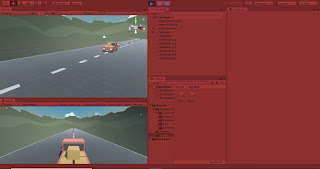(Image of planning)
For the book we are writing, I chose to write Chapter 4: Understanding the Player; 5 domains of play and demographics of players(types of players). The 5 domains of play focuses on the connection between "The Big 5" personality groups and the different types of games they most enjoy based off their personalities. Demographics of players(types of players) focuses on all the types of different players.
When planning my approach, I took my 2 topics and broke them down into some questions that I could focus my research on. These are just some of the questions:
- "What are the 5 domains of play"
- "How "The Big 5" personality groups correlate to game type and enjoyment"
- "What are the different types of players/characteristics of the different types of players"
- "How do the different types of players interact with one another"
I also highlighted some keywords that would help with my research. Some of them are "domains" and "play" for the 1st topic and "demographics", "player" and "types" for the 2nd. I tried to find other keywords associated with the ones I already had to further help me.
From what I have looked up so far, a good few articles have come up for both topics so the next step is to properly research and go through all those articles to complete my Matrix to see what is relevant and what isn't. This will then help me when I am in the writing process of the book.





